Unfortunately, such an explosion is not the first, and Beirut is not the first city destroyed by alike explosion. More precisely, the fourth.
Before that was Texas city, Halifax and Bombay, which were in ruins after the explosion of “Grandcamp”, “Mont Blanc” and “Fort Stikine” ships, located in cities’ ports.
SS Fort Stikine, Bombay, 1944
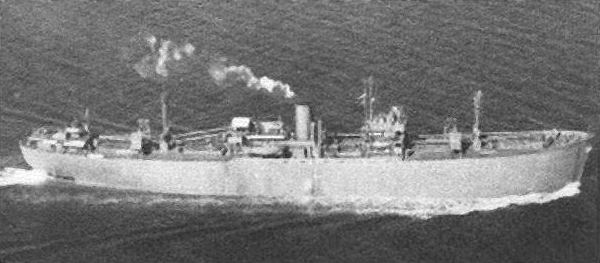
The explosion of the steamer “Fort Stikine” occurred on April 14, 1944 in Bombay (India) due to the ignition and detonation of ammunition carried by the ship. There was a cargo of explosives with a total weight of more than 1,100 tons (bombs, detonators, shells, flares, torpedoes, mines, explosives), 1,233 tons of raw cotton in 8,737 bales, nine hundred bags of sulfur weighing 325 tons, three tons of scrap metal (42 dynamos, old radios), 37,000 logs, 10,958 barrels of lubricating oil, as well as fish fertilizers, dried fish, dried fruits (127 bags), grain, rice, seeds, extremely flammable aircraft varnish and a steel box measuring 1.5×1.2×1.2 meters with 124 gold bars measuring 38×8×4 centimeters 12.7 kg each, worth about 1 million pounds. “Fort Stikine” was loaded with a violation of safety regulations, unloading in Bombay was a total mess during which the ship caught a fire.
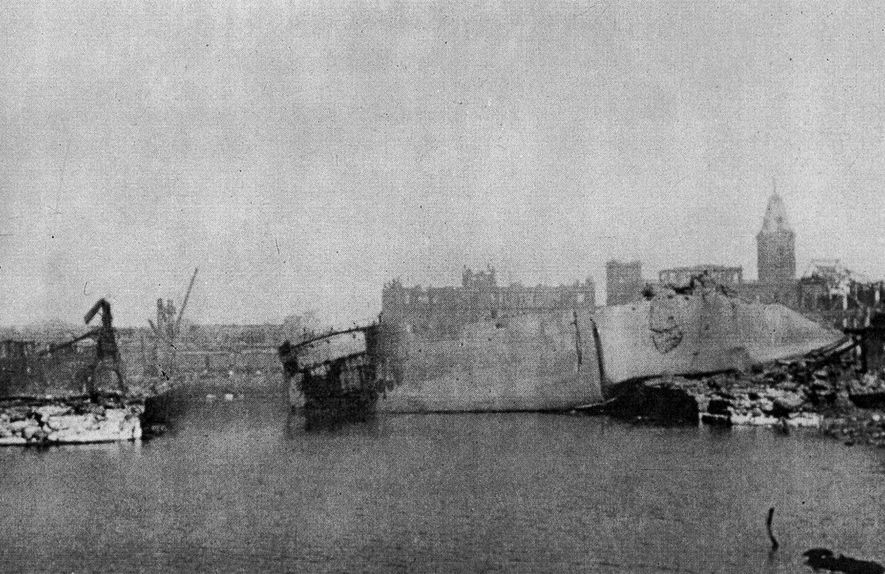
At 4 p.m., there was an explosion. It formed a tidal wave of such force that the nearby ship “Jalapadma” with a tonnage of almost 4,000 tons was on the roof of one of the warehouses, 17 meters high. 34 minutes later, a second explosion occurred. Burning bales of cotton set fire to everything within a radius of nine hundred meters from the epicenter: ships, warehouse buildings, private houses. A strong wind from the sea drove a wall of fire onto the city. To hold the fire, it was decided to destroy a city strip a quarter of a mile wide (residents were evicted from this zone). In fact, it was the only thing that saved Bombay. The fires were completely extinguished only two weeks later. It took about seven months to restore the port.
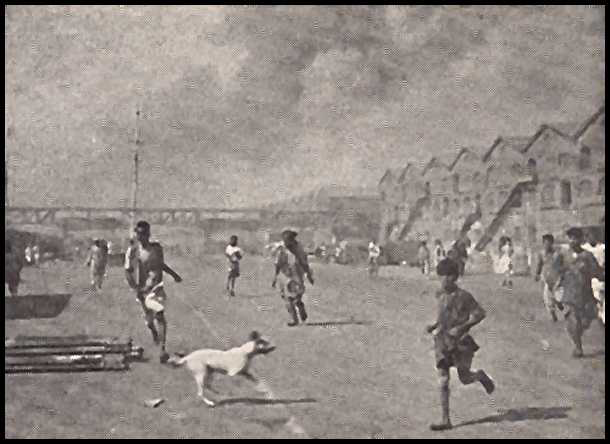
Official statistics announced 1,376 dead, 2,408 people were admitted to hospitals, and 42 people lost their limbs. The fire destroyed a huge amount of property.
SS Grandcamp, Texas City, 1947
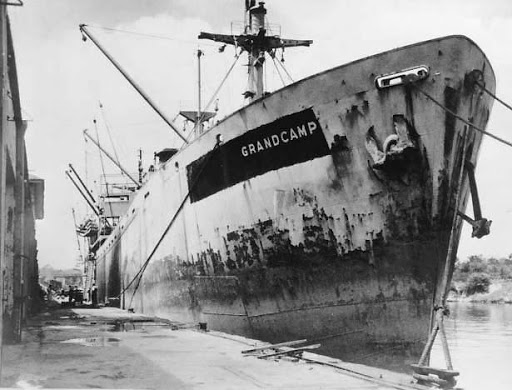
On April 16, 1947, a fire broke out in the port of Texas city (USA) on board of the French ship Grandcamp. This ship was supposed to carry about 2,100 tons of ammonium nitrate. There was a fire on the ship during unloading. Initially, firefighters tried to fight fire with water and Sodo-acid fire extinguishers, which did not bring results. The assistant captain, who was in charge of the work, forbade the use of the fire extinguishing system, so as not to spoil the cargo.
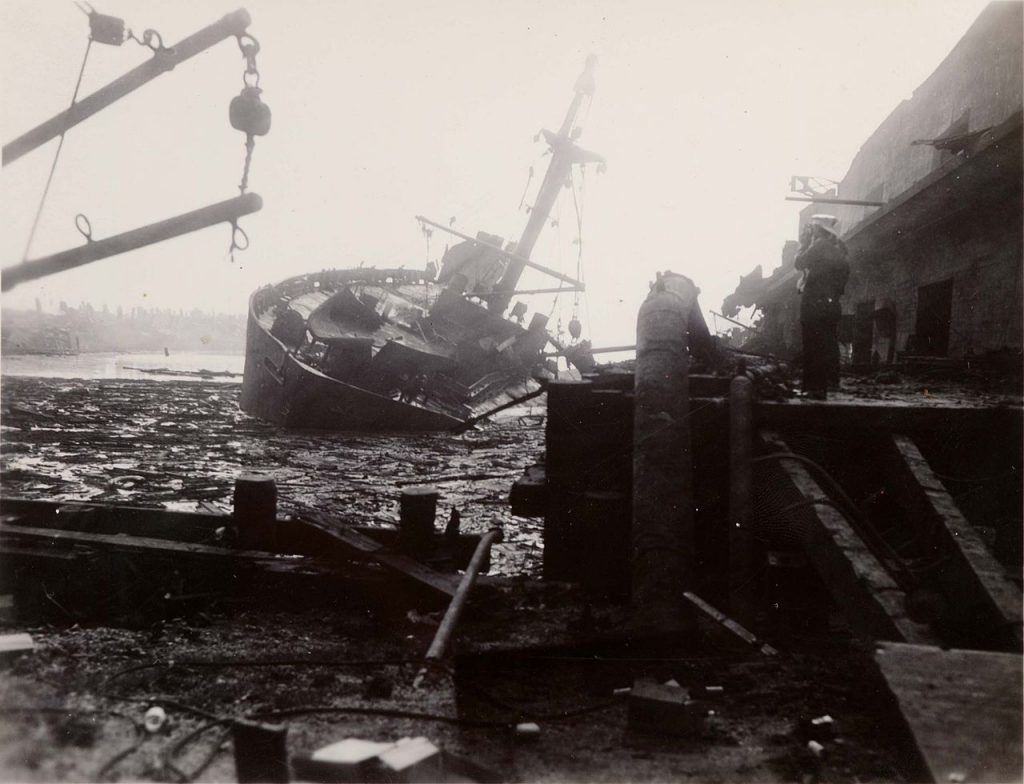
Instead, he ordered the hatches closed and steam poured into the holds. This did not lead to positive results, if not to say the opposite…. There was an explosion of such force that the water at the pier where the Grandcamp was standing evaporated, completely exposing the seabed. Pieces of metal were scattered within a two-mile radius. The blast wave brought down two (!) small planes in the air. Hundreds of people were killed.
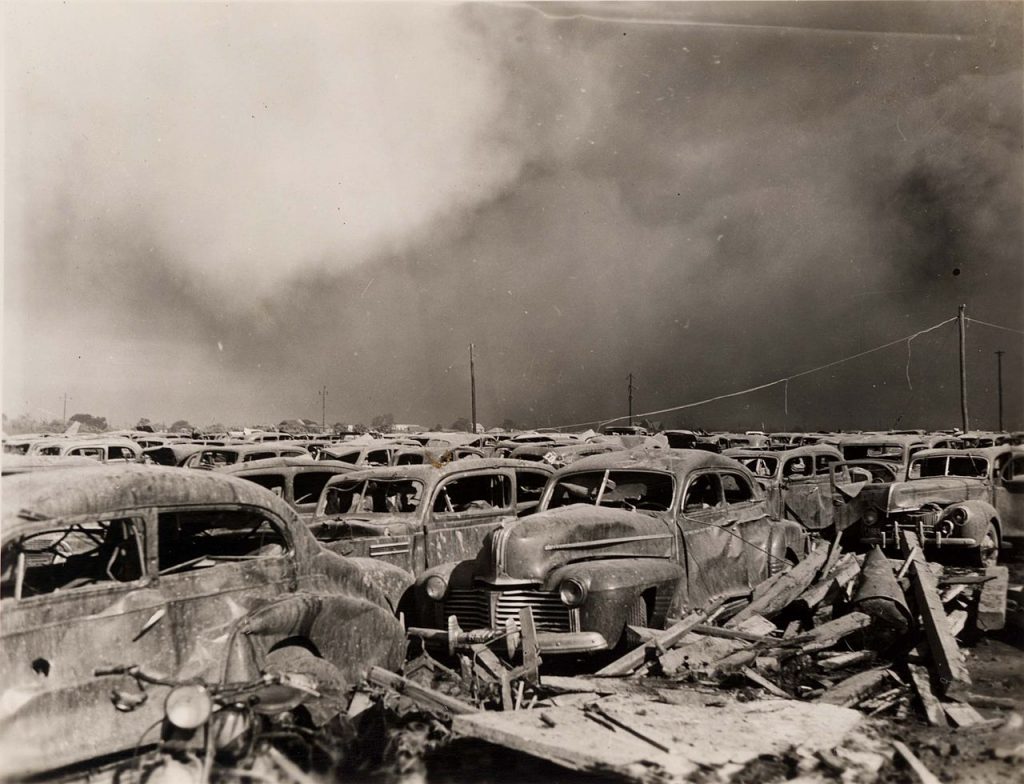
The further the more. The explosion and subsequent fire caused a chain reaction in the form of fires and explosions on nearby ships and oil storage facilities. 2 ships nearby were also loaded with saltpeter…. As a result of the tragedy, at least 581 people were killed, more than 5,000 people were injured, and 1,784 were taken to hospitals. The fire Department and authorities heroically tried to put out the fires, but it was only worse….The number of people killed increased and as a result, more than fifteen hundred people were killed, and several hundred people were missing. The port and much of the city were completely destroyed, and many businesses were razed to the ground or burned down. More than 1,100 cars were damaged and 362 freight cars were mangled — property damage is estimated at $ 100 million at those prices.
SS Mont Blanc, Halifax, 1917
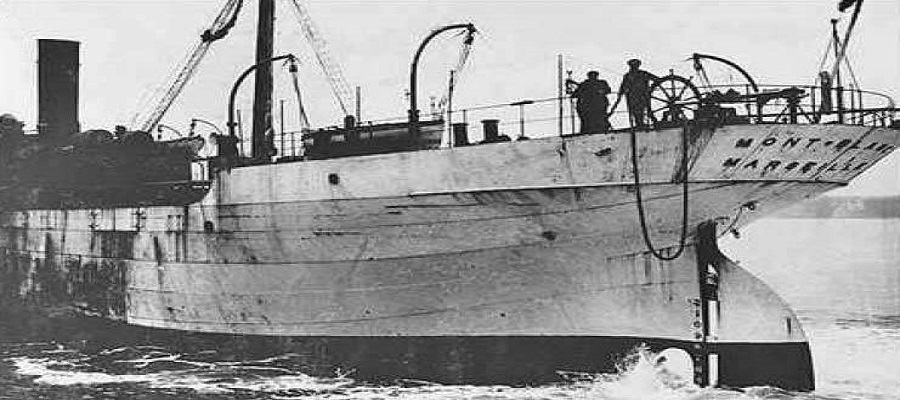
Finally the worst explosion occurred in Halifax Canada on December 6 1917
The French military transport “Mont Blanc” loaded with explosives (picric acid-2300 tons; TNT-200 tons; pyroxylin-10 tons; benzene in barrels-35 tons.), collided with the Norwegian ship “IMO” in a narrow Strait connecting the outer roadstead of the port with the Bay of Bedford basin. A fire started on the ship, which led to an explosion.
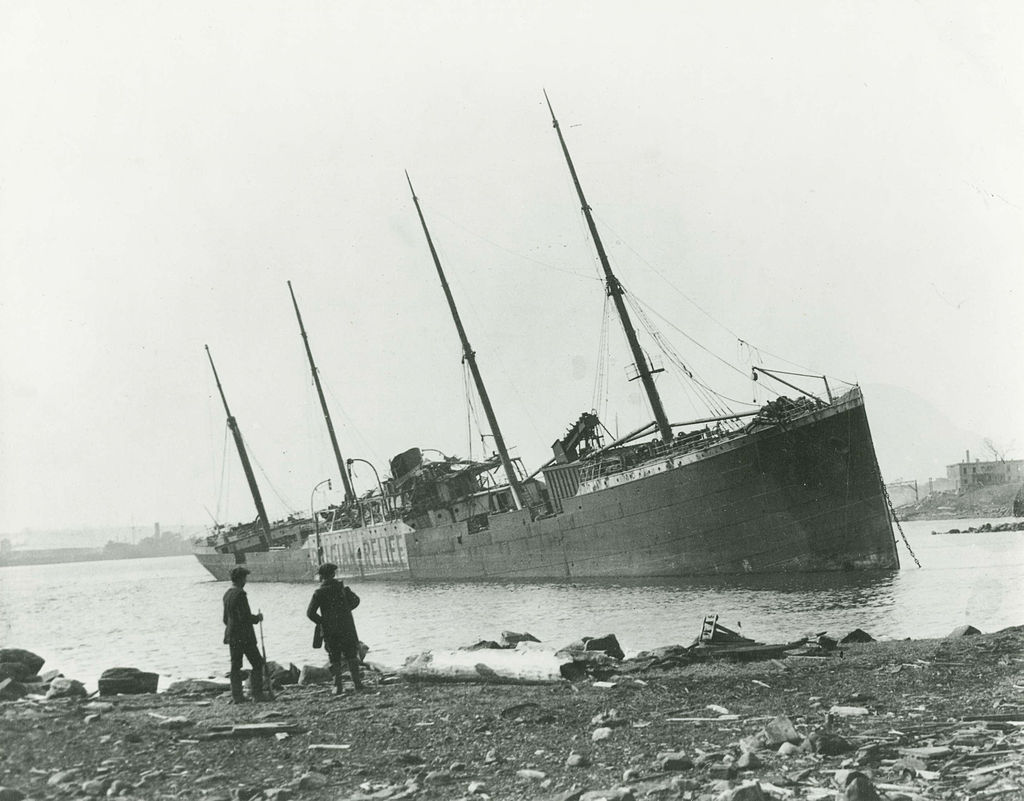
The ship’s hull was torn apart, the shock wave spread at a speed of more than 1 km/s, and the temperature reached 5000 °C in the epicenter. The melted barrel of the 90-mm Mont Blanc bow gun was found 5.6 km to the North, and part of the anchor weighing half a ton was found 3.2 km to the South.The cloud of smoke rose to a height of more than 3600 m. On an area of 160 hectares, everything was completely destroyed, the explosion momentarily exposed the bottom of the Harbor and produced a wave surge 18 meters above high tide (on the Halifax side), throwing the “IMO” on the Dartmouth shore.
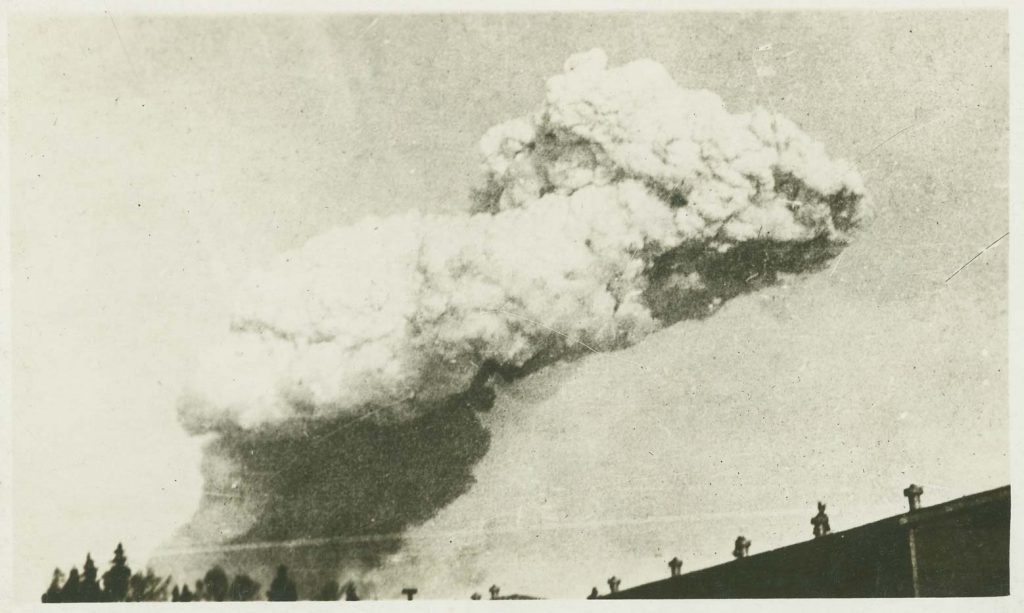
In total, more than 1,600 people were killed directly during the explosion, and about 9,000 were injured. Within a radius of 2.6 km, buildings were either completely destroyed or severely damaged. Many people were burned alive, as the destroyed furnaces started massive fires that raged for several days. Many of the wounded froze under the rubble, as the next day it got colder and a Blizzard started.
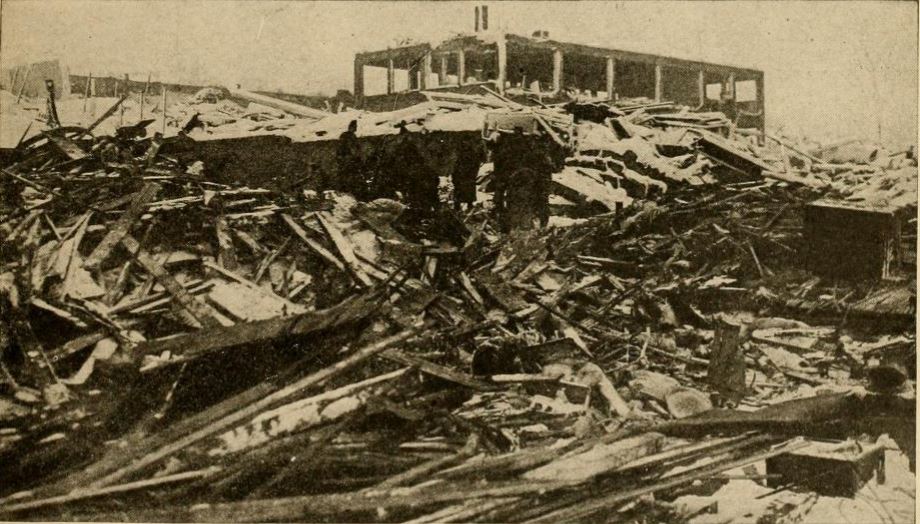
The Halifax explosion is one of the most powerful man-made explosions, and is considered the most powerful explosion of the pre-nuclear era, with an estimated equivalent of 2.9 kilotons of TNT
